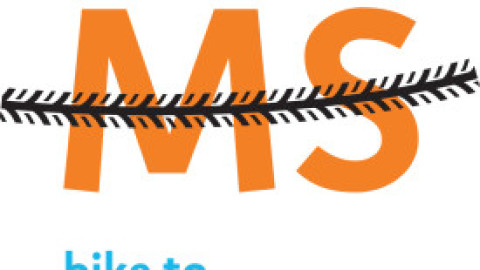Key Year-End Financial Planning
Written by: Allie Schmidt, Financial Advisor, CFP®, CPA
It’s hard to believe we’re already just a couple months from the end of 2017. I swear each year seems to go by faster and faster. This time of year, before the holidays start ramping up, is a good time to take a step back and look at what, if any, 2017 year-end financial opportunities exist From a tax perspective, there are a couple of items in particular that need to be completed by year-end to save you a couple bucks before we head into the new year.
- How is your income for the year shaping up?
You made more than you thought: First off, great year. Second, tax deferral. Make sure your 401k or work retirement plan is maxed out by the end of the year. 2017 limitations are $18,000 per person with an additional $6k (total of $24k) if you’re over age 50. Additionally look to Traditional IRAs (if you qualify for tax deductible contributions), as well as, Health Savings Accounts. IRA and HSA contributions can be done into 2018, but the 401k contributions need to be completed by year end.
You made less than you thought: Consider it a potential year to incur taxes. Yes, you read that correctly, incur taxes. As painful as it is today, if you’ve made less than you will likely make in the future, you could be in a lower tax bracket than in the future, so actually incurring taxes now may be the right thing to do. One of the fastest ways to do this is a Roth Conversion. This is where you work with your accountant and financial advisor to decide what amount you’d like to incur as taxable income this year, then you take that amount from your Traditional IRA and you convert it to your Roth IRA. This creates taxable income in the current year. The benefit here is that Roth IRAs grow tax free, so you’re able to get the cash out of the traditional IRA at a lower tax rate, then enjoy tax-free income in retirement to supplement any other taxable income such as social security or 401k/Traditional IRA withdrawals. This allows you to set up a scenario that could help to manage your tax bracket and take tax efficient income through retirement. However, be sure to have enough cash available outside of your retirement accounts to pay the tax bill and still have your emergency savings in tact. *Roth Conversions, unlike Roth contributions, do have to be completed by December 31st.
- How did your investments perform?
The S&P 500 is up about 14% year to date, however, in most diversified portfolios, there are going to be a couple holdings that could be negative on the year. Take a look at what you own and if there are investments with losses, it may make sense to sell those investments to incur the loss and reinvest the proceeds as appropriate. Diligently harvesting tax losses over the years will allow you offset gains, as well as, offset up to $3,000 of ordinary income each year. One of the best parts is that the tax losses also never expire. So if you sell an investment, incur a loss of $20,000, offset $5,000 of gains, write-off $3,000 against ordinary income, the remaining $12,000 will just roll to the next year to offset gains that year and write-off against income, and that process just continues year after year until the losses have been used. Remember, taxable gains are only applicable in non-retirement accounts. Your 401k and IRAs do not have a tax impact until withdrawn, so you’re free to buy and sell inside those accounts without regard to tax implications.
If you take the time to consider even just those two questions every single year as you move through your wealth accumulation years, into, and through retirement, you’ll likely be able to pick up significant savings along the way. We always look for ways to minimize the amount of tax paid and like so many things in life…timing is everything.
The opinions voiced in this material are for general information only and are not intended to provide specific advice or recommendations for any individual. Traditional IRA account owners should consider the tax ramifications, age and income restrictions in regards to executing a conversion from a Traditional IRA to a Roth IRA. The converted amount is generally subject to income taxation. The Roth IRA offers tax deferral on any earnings in the account. Withdrawals from the account may be tax free, as long as they are considered qualified. Limitations and restrictions may apply. Withdrawals prior to age 59 or prior to the account being opened for 5 years, whichever is later, may result in a 10% IRS penalty tax. Future tax laws can change at any time and may impact the benefits of Roth IRAs. Their tax treatment may change. This information is not intended to be a substitute for specific individualized tax advice. We suggest that you discuss your specific tax issues with a qualified tax advisor. S&P 500 is an unmanaged index which cannot be invested into directly. Past performance is no guarantee of future results.









